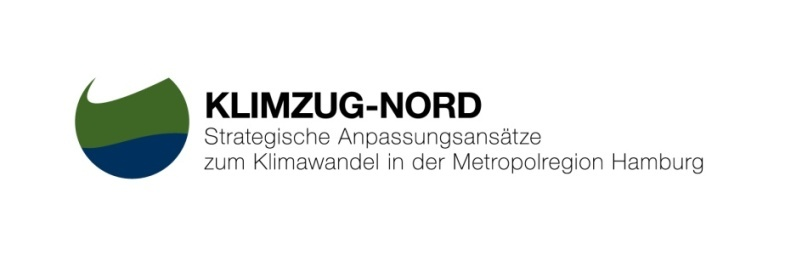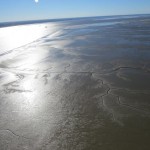Regional strategies concerning climate changes in the metropolitan area of Hamburg
Sub-Project: Investigation of the Impacts of Elevated UV-Exposure and Increased Frequency of High Water Discharges on the Mobility and Bioavailability of Contaminants in Sediments.

Rising floods in the river Elbe, additional parasites affecting the local agriculture, as well as more frequent flooding of houses due to intensified rainfalls: More and more frequently these potential disasters take place simultaneously. The project KLIMZUG-NORD is exploring solutions to cope with the consequences of climate changes in the metropolitan area of Hamburg.
 Partners of KLIMZUG-NORD are going to research the consequences of climate changes to urban areas, agricultural sites and the tidal riverbed of the Elbe within the city of Hamburg. Taking into account research data, environmental planning, city law, and economic plans, a range of action plans are going to be recommended. The target entails a coordinated action plan for the city regions, including a master plan which reaches to the year 2050.
Partners of KLIMZUG-NORD are going to research the consequences of climate changes to urban areas, agricultural sites and the tidal riverbed of the Elbe within the city of Hamburg. Taking into account research data, environmental planning, city law, and economic plans, a range of action plans are going to be recommended. The target entails a coordinated action plan for the city regions, including a master plan which reaches to the year 2050.
At the HAW, a sub-project investigating the impact of elevated solar radiation and increased frequency of high water discharge events on the distribution and bioavailability of contaminants at mud flats in the Elbe estuary was carried out.
Project Information
Funded by: BMBF
Project duration: 2009-2012
Coordinator: Technical University Hamburg-Harburg, Prof. Pasche
Team Members: Prof. Susanne Heise, Prof. W. Calmano (TUHH), Dr. Pei-Chi Hsu, Maximilia Kottwitz
Project partner in KLIMZUG-NORD:
BAW, Dr. Winkel
TUHH, Prof. Schneider
UNI Hamburg, Prof. Jensen
Contribution of the work group aquatic ecotoxicology:
- Impact of flood events and increased UV radiation on the distribution and toxicity of contaminants at mud flats in the Elbe Estuary.
Veröffentlichungen
